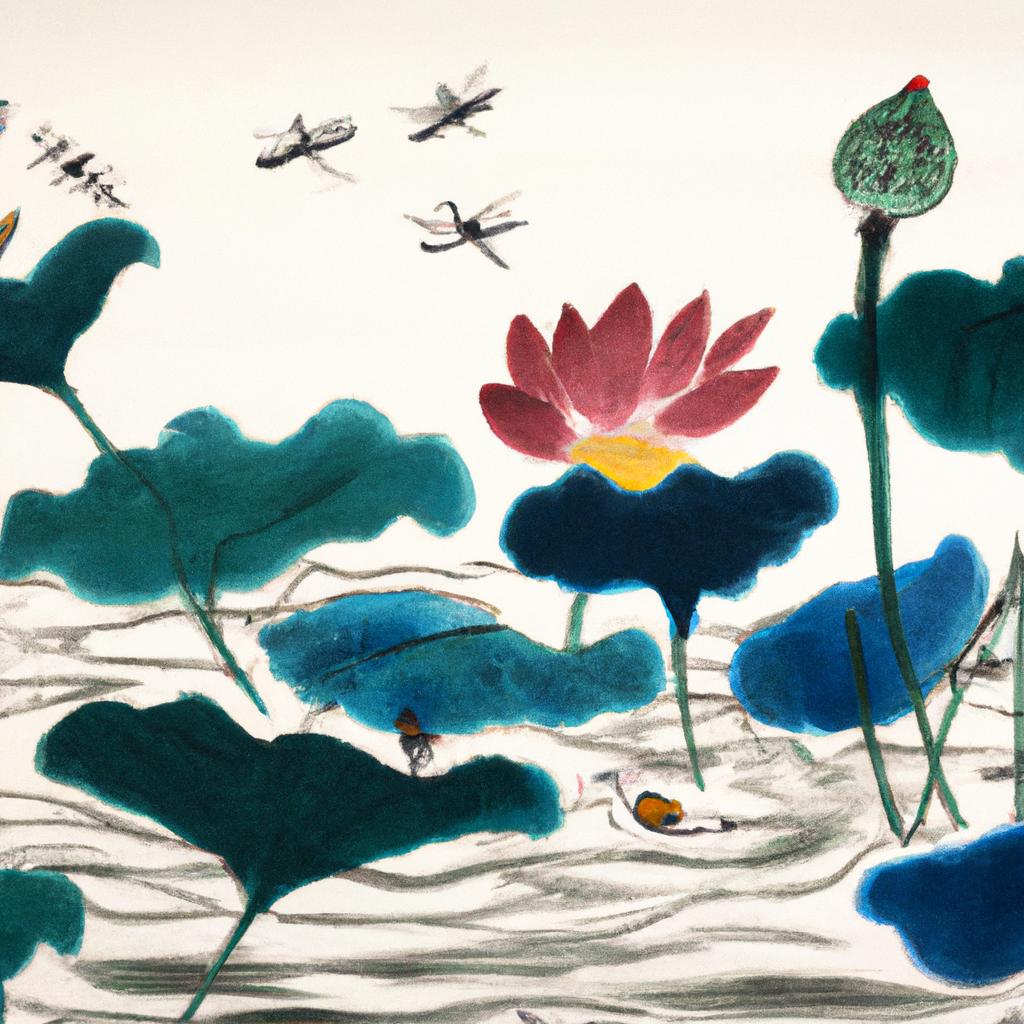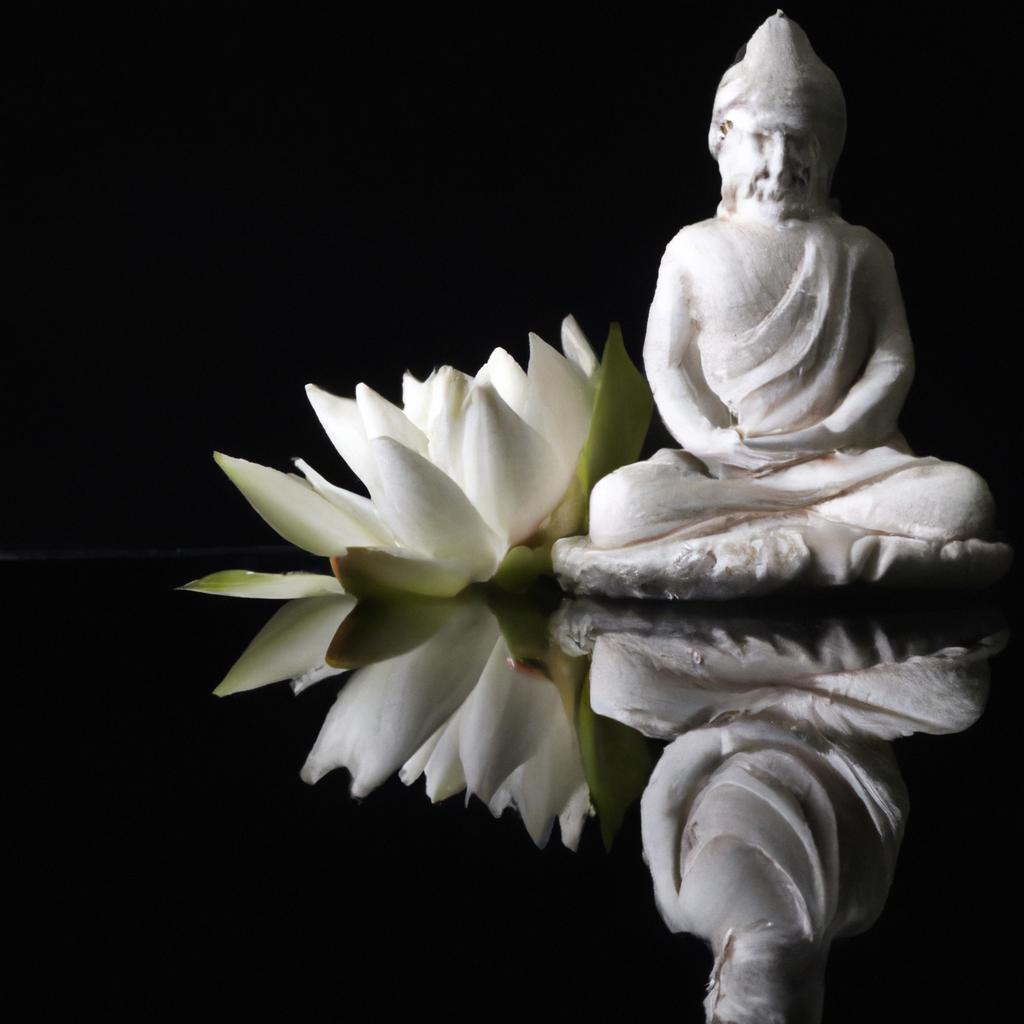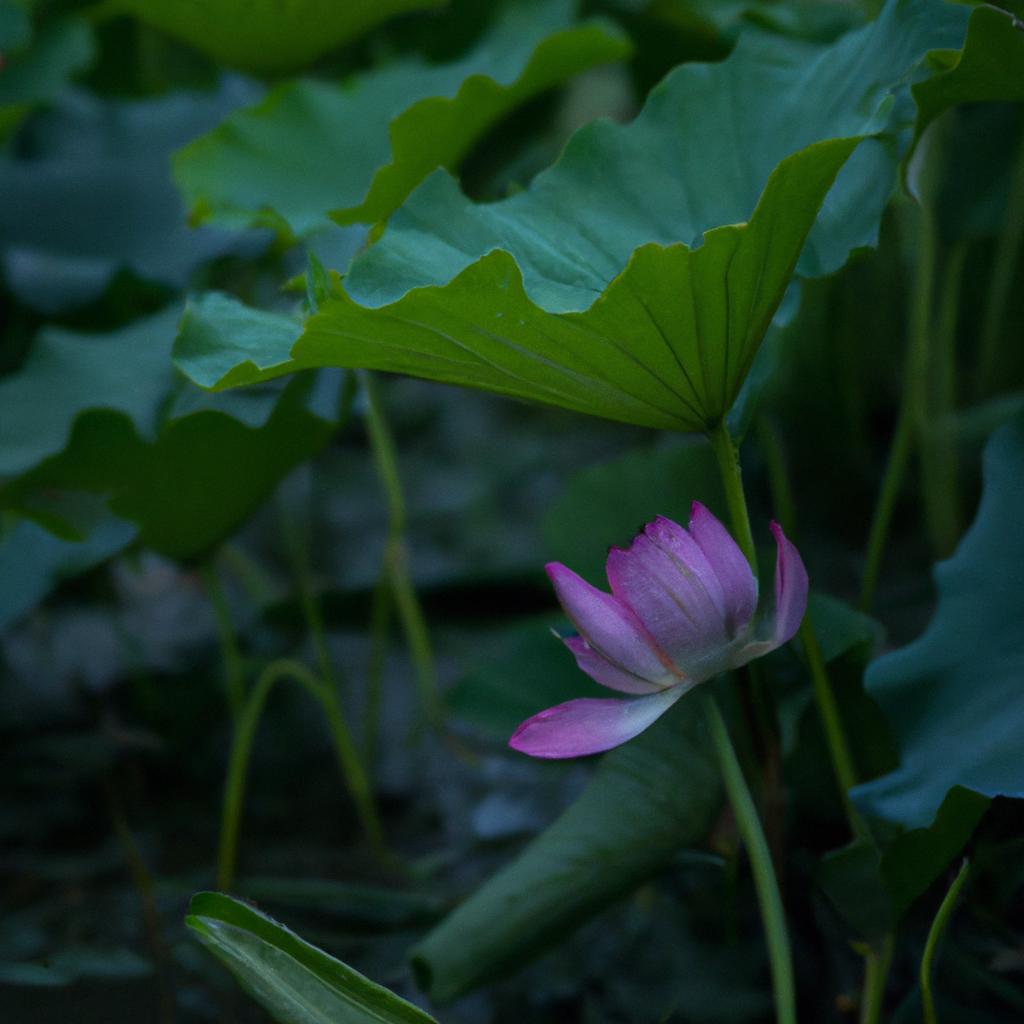Do you know the captivating story behind the Chinese lotus symbol? This ancient emblem has been an intrinsic part of Chinese culture for centuries, and its significance resonates strongly even in present times. In this engaging article, we will delve into the depths of the Chinese lotus symbol, exploring its meaning and why it’s crucial to understand its importance.
The Chinese lotus symbol represents the lotus flower, a plant commonly found in Asia. This floral beauty is renowned for its elegance and has served as a muse for artists and writers throughout history. Within Chinese culture, the lotus flower is synonymous with purity, enlightenment, and rebirth.
With a rich history spanning over 3,000 years, the lotus flower holds a special place in Chinese traditions. It’s deeply ingrained in traditional Chinese medicine as a natural remedy for various ailments and is even embraced in Chinese cuisine as a delightful culinary ingredient.
Understanding the Chinese lotus symbol provides valuable insights into the values and beliefs cherished by Chinese culture. This symbol epitomizes the beauty and purity revered within Chinese society while serving as a profound reminder of the importance of enlightenment in one’s personal journey. By exploring the Chinese lotus symbol, we can truly appreciate the abundant history and culture encapsulated within the realm of China.
In the following sections, we will embark on an enlightening journey to unravel the intricate meanings associated with the Chinese lotus symbol. We will explore the different types of lotus symbols, their significance in art, and their relevance in modern times. By the end of this article, you will gain a profound understanding of the Chinese lotus symbol and its immense importance within Chinese culture.
Embracing the Chinese Lotus Symbol’s Profound Meaning

The Chinese lotus symbol encompasses various meanings, each with its own profound significance. Delving deeper into these meanings will enable us to unlock the true essence of this captivating symbol.
Unveiling the Symbol’s Multifaceted Meanings
One of the primary meanings of the Chinese lotus symbol is purity. Just like the lotus flower that grows in muddy waters yet remains untainted, it symbolizes the purity of the human soul. Furthermore, the lotus represents enlightenment, as it reaches towards the divine sun, signifying spiritual growth.
Another essential meaning of the Chinese lotus symbol is rebirth. Each night, the lotus flower closes and submerges into the water, only to rise again with the new day. This cycle of opening and closing mirrors the cycle of birth, death, and rebirth, making the lotus an emblem of life’s perpetual journey.
Symbolic Significance in Buddhism and Hinduism
In Buddhism, the lotus flower holds great significance. It symbolizes the purity of the body, speech, and mind and is frequently depicted in Buddhist art and literature. The Buddha himself is often portrayed seated upon a lotus flower, epitomizing purity and enlightenment.
Similarly, in Hinduism, the lotus flower is associated with revered deities such as Brahma, Vishnu, and Lakshmi. It is a prevalent motif in Hindu art, epitomizing purity, enlightenment, and spiritual growth.
Cultural Significance: The Lotus as a Symbol of Purity, Enlightenment, and Rebirth
Within Chinese culture, the lotus flower holds immense cultural significance. It symbolizes purity, enlightenment, and rebirth, often depicted in art and literature to reflect these cherished values. Additionally, the lotus flower plays a vital role in traditional Chinese medicine, providing a natural remedy for various ailments.
The Chinese lotus symbol also signifies the importance of embracing change and relinquishing attachments. Just as the lotus flower opens and closes each day, it serves as a potent reminder of life’s impermanence. Embracing change fosters personal growth and evolution, allowing individuals to thrive amidst life’s fluctuations.
Now that we have explored the profound meanings encompassed within the Chinese lotus symbol, let’s further unravel the unique significance of its various types.
The Diversity of Lotus Symbols

The Chinese lotus symbol features diverse forms, each carrying its own distinctive meaning and symbolism. Let’s take a closer look at these various types of lotus symbols and the significance they hold:
Lotus Flower
The lotus flower is undoubtedly the most well-known representation of the Chinese lotus symbol. It embodies purity, enlightenment, and self-regeneration. The flower’s ability to rise above murky waters and blossom into an exquisite marvel symbolizes triumph over hardships and the attainment of enlightenment.
Lotus Root
Within Chinese cuisine, the lotus root holds a special place as a culinary ingredient believed to possess numerous health benefits. It signifies the lotus flower’s ability to flourish amidst adverse conditions. Furthermore, the interconnectedness of all things is depicted by the lotus root, with its many constituents converging to form a unified whole.
Lotus Seed
The lotus seed, utilized in traditional Chinese medicine, is renowned for its healing properties. It symbolizes growth and new beginnings, containing the potential for new life to emerge.
Lotus Leaf
The lotus leaf serves as a symbol of detachment and non-attachment. It exemplifies letting go of negative emotions and worldly possessions. Just as the lotus leaf remains grounded and serene, it inspires individuals to maintain composure in the face of adversity.
Understanding the diverse types of lotus symbols and their inherent meanings is essential in truly comprehending the significance of the Chinese lotus symbol. Each component of the lotus plant reveals its unique symbolism, collectively embodying the beauty, strength, and resilience of the lotus flower itself.
The Chinese Lotus Symbol Immortalized in Art

Chinese art has long been admired for its intricate beauty, complexity, and embedded symbolism. The Chinese lotus symbol stands prominently as one of the most cherished motifs in Chinese art, finding expression across various artistic mediums. Let’s explore the rich utilization of the Chinese lotus symbol in traditional Chinese art, its symbolism, and some of the renowned artworks that showcase its allure.
Embracing the Lotus Symbol in Traditional Chinese Art
Traditional Chinese art encompasses paintings, pottery, and sculptures that extensively feature the lotus symbol. This ancient emblem has historically symbolized purity, enlightenment, and the profound journey of life. Moreover, the lotus flower represents the innate beauty of nature and the harmonious relationship between humanity and the natural world.
Decoding the Symbolism and Meaning Within Lotus Art
Within Chinese art, the lotus symbol epitomizes the beauty, purity, and virtue associated with the lotus flower. It symbolizes life’s voyage, emerging from the depths of a pond to bloom into a resplendent flower. Moreover, the lotus symbol signifies rebirth and the cyclical nature of life and death.
Exemplary Artworks Showcasing the Lotus Symbol’s Significance
“Lotus Sutra” by Gu Kaizhi stands as one of the most renowned artworks featuring the lotus symbol. This captivating painting portrays the Buddha preaching the Lotus Sutra to his disciples, framed by blooming lotus flowers. It symbolizes the importance of the Lotus Sutra within Buddhism, encapsulating purity and enlightenment.
Another exceptional artwork that showcases the lotus symbol is Wu Guanzhong’s “Lotus Pond” painting. Depicting a tranquil lotus pond within a traditional Chinese garden, the painting encapsulates the sublime beauty of nature and the harmonious coexistence between humanity and the natural world, central to Chinese culture.
To conclude, the utilization of the Chinese lotus symbol within art is a testament to its enduring relevance in Chinese culture. The lotus symbol encapsulates the beauty, purity, and enlightenment cherished by Chinese society, serving as a perpetual reminder of the harmonious relationship between humanity and the natural realm.
The Chinese Lotus Symbol Transcending Time

As China continues its modernization journey, the lotus symbol remains an integral part of its cultural fabric. This timeless emblem has seamlessly transitioned into many aspects of contemporary Chinese life, leaving a resounding mark on architecture, fashion, and design.
Incorporating the Lotus Symbol in Architecture
Modern Chinese architecture often incorporates the lotus symbol into its designs. The Lotus Temple in Beijing, for instance, prominently features the lotus symbol in its architectural aesthetics. The temple’s design, reminiscent of a blooming lotus flower, epitomizes peace, purity, and enlightenment.
Fusion of the Lotus Symbol in Fashion and Design
The lotus symbol has also found a place within contemporary Chinese fashion and design. It serves as a popular motif in Chinese clothing and jewelry, symbolizing beauty and grace. Numerous designers are embracing the lotus symbol within their creations, paying homage to China’s rich cultural heritage.
The Evolving Meanings of the Lotus Symbol
While the lotus symbol has consistently represented purity, enlightenment, and rebirth, its meaning and connotations have evolved over time. In modern China, the lotus symbol is also associated with progress, innovation, and the nation’s emergence as a global superpower. It represents China’s ascent onto the world stage.
In summary, the lotus symbol retains its significance within Chinese culture in modern times. Its integration into architecture, fashion, and design showcases its enduring relevance, while its evolving meanings reflect the shifting values and beliefs of Chinese society.
In Conclusion

In conclusion, the Chinese lotus symbol serves as an extraordinary representation of beauty, purity, and enlightenment within the realms of Chinese culture. Through our exploration, we have unraveled the profound meanings embedded within the lotus flower. Its enduring presence, bestowed upon Chinese history and culture for centuries, signifies its timeless importance.
As we understand the Chinese lotus symbol, we gain a profound appreciation for the vibrant tapestry of history and culture woven into the fabric of China. It serves as a constant reminder to value purity, enlightenment, and rebirth within our own lives.
Whether through traditional Chinese art, contemporary architecture, or everyday existence, the Chinese lotus symbol continues to captivate and inspire. Let us honor and respect this ancient symbol, cherishing the essence it represents.
Thank you for embarking on this enlightening journey through the enchanting world of the Chinese lotus symbol. For further insights on nature, gardening, and animals, visit TooLacks.



